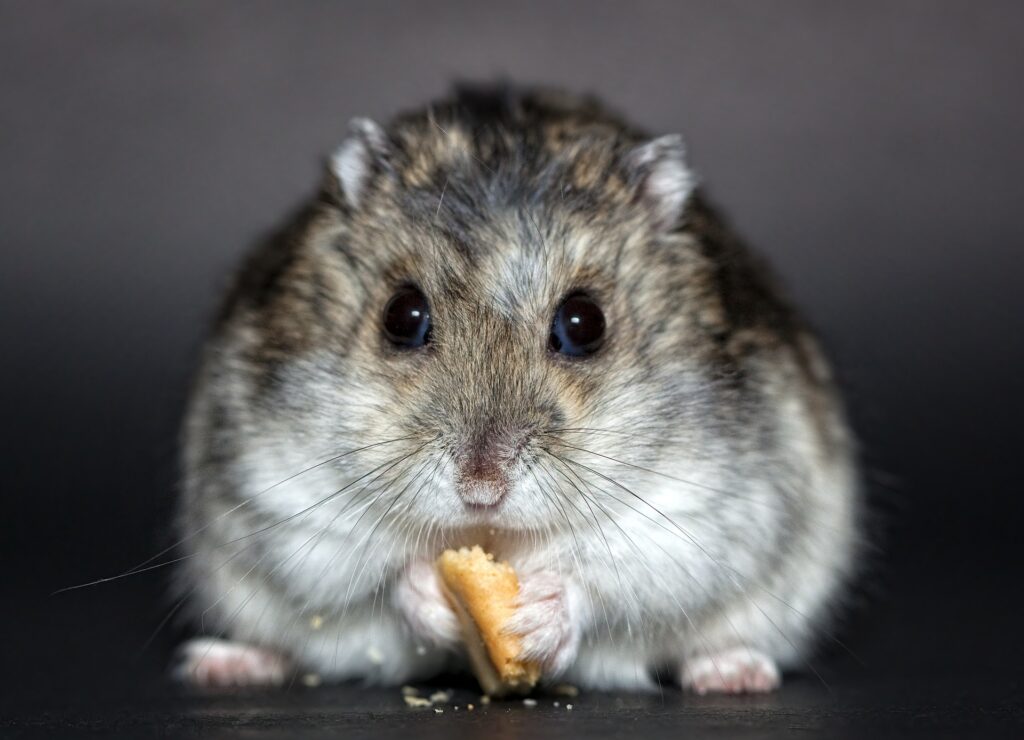Hamsters As Pets

The first pet I fully remember was a Siberian hamster called Pepe. He was the first pet we got when we moved to England in the late 80s (I am a Scottish lady) when I was 7. He was long-haired, double coated and often had the “bedhead” look with his fur. Despite being nocturnal and having the obligatory squeaky wheel, my siblings and I thought he was a great pet. He was easy to hold, clean out and only ever bit when provoked.
We loved building little activity courses with him using toilet roll tubes. These needed to be replenished quite often as he ate them as well as played in them. The average lifespan of a hamster is about two years. Pepe was the hamster version of Methuselah (a Bible character who lived for an exceptionally long time) and was seven years old when he died.
People through the years who I have told about Pepe are often surprised when I say that we loved having a hamster as a pet. The remarks I usually get are “But they sleep all day.” and “They’re boring. It’s not like you can take them out for a walk.” While this is true, though I’d love to see a hamster going for a walk on an appropriate, secure lead, I think hamsters make great pets.
Compared to some animals, they are relatively low maintenance, and you can provide a cage that is adequate for them in size but does not take up too much room. Their bedding doesn’t have to be specialised as long as you avoid material that separates into strands, as this can cause injury if the hamster becomes tangled. The same goes for their food cost-wise, as long as it is safe for them to eat and meets their nutritional needs.
They are intelligent, love to explore and require stimulation. Watching them make their way around their environment and engaging with their toys can be fun. As I explained with the toilet roll tubes, providing toys for them does not have to be onerous or expensive. It can also be done as a family, devising and building things for them.
As with getting any pet, I urge you to do your homework regarding what they need and the cost of meeting these needs (not just in terms of money). Not all hamster breeds are sociable such as Syrian hamsters who live alone as adults. If you are thinking of getting more than one hamster to house as a group, litter mates are the best option as this reduces the chance of fighting. Watch out for mixed sexes, or you’ll end up with more hamsters than you wanted. You can also check to see which types of hamsters are more sociable and are known to live well in groups.
In conclusion, I’d say don’t write hamsters off as pets. They may not be as trainable as dogs or as independent as cats, but they can be a fun, endearing and rewarding addition to a house.
The opinions expressed in this post are mine and are not a reflection of those held by Kelp Social.
Please find below the link to the website I used for information about hamsters:
https://www.rspca.org.uk/adviceandwelfare/pets/rodents/hamsters

Responses